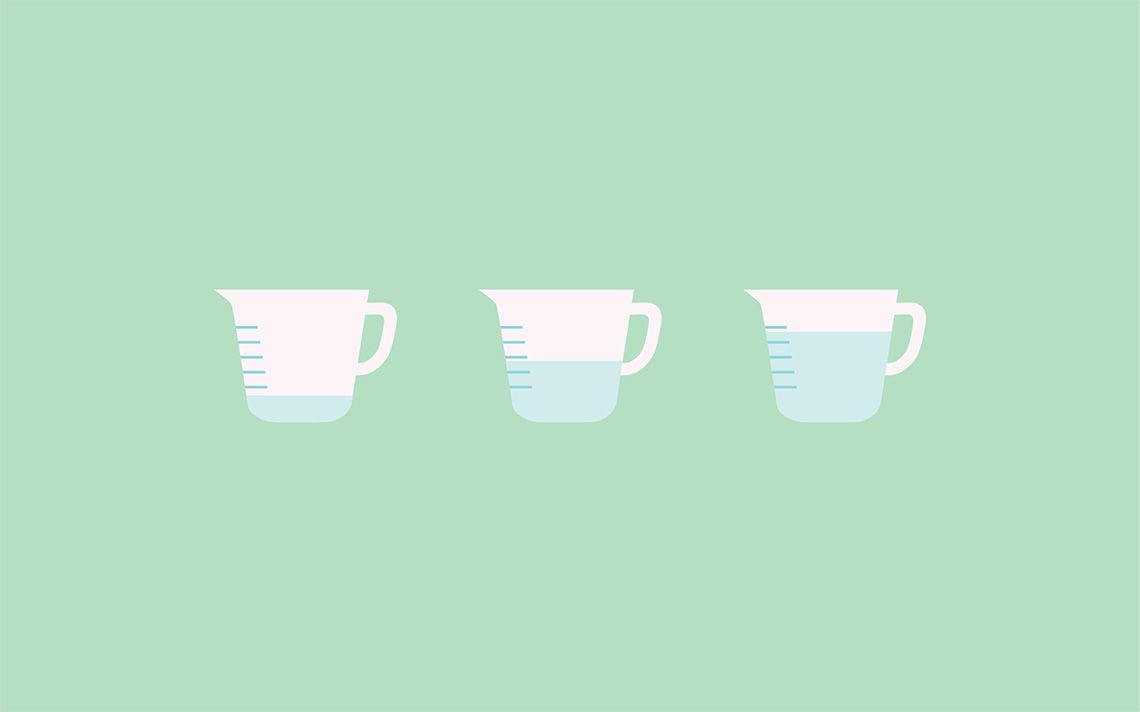Real-World Maths: Helping learners measure and compare
Editor’s Note:
This is an updated version of a blog post published on July 24, 2019
Measuring and comparing objects is a great way for children to explore maths during the slow summer months. Here are some easy ideas you can try at home.
As a parent, I spent a lot of time counting with my son: counting steps on a staircase, lampposts on the street, grapes in his bowl, cars on the road. One thing we didn’t talk about very often was the concept of equality and inequality in maths.
So, what do we mean when we talk about equality and inequality in maths? In this case, we’re not talking about fairness and social consciousness (but you can also read about that here). In maths, equality simply means that quantities are the same, inequality means that quantities are not the same. You can help children learn this concept by measuring and comparing objects with them.
Measuring and comparing: what’s the same and what’s different?
In school, we ask children to describe what’s the same and what’s different about objects, images, or questions. This teaches them to spot if things are the same, even when they might look different. But how often do we do this at home?
By encouraging children to look carefully, we teach them to spot connections and patterns. This helps them to identify the underlying structure of maths. Talking about similarities and differences supports your child’s mathematical learning.
What does = mean?
Many children have a deep-rooted misconception that = means ‘the answer is’. In fact = means that calculations or numbers on each side of the sign balance, or are the same.
You can practice spotting when two statements are the same, or equal, at home without any special equipment.
- Which distance is further? From the back door to the shed or the front door to the car?
- Which food container is heavier? The large box of cereal or the smaller box of rice?
- Which plastic tub can hold more water? The wide, shallow one or the tall, narrow one?
Ways of measuring and comparing at home
Children can make a prediction (known in maths as a conjecture) and then test it out by measuring. Don’t be too quick to jump to using standard units of measure. Using informal units of measure enables children to concentrate on the comparison.
You can:
- Use footsteps or string to measure and compare two distances.
- Make a simple balance scale by placing a coat hanger on a hook or door handle.
- Measure capacity by filling a container with water, pouring the water into a larger container and marking the water level. You can then empty the water and fill the larger container with the contents of another container and compare capacities.
The more experience children have of measuring and comparing, the better they become at recognising if things are equal. It’s essential to reinforce that although two objects look different, they can still have the same weight or capacity.
Boost Your Practice with FREE CPD
Receive a CPD boost every time you refer a school! Both you and the referred school will earn a full day of CPD and 2 free places on our 3-day Essentials of Teaching Maths Mastery course (valued at £1700).
Get started on helping struggling schools reach maths success now!

Expanding learners’ vocabulary
Talking to children about measuring objects gives you a chance to teach them the full range of vocabulary they need to use to compare. We might say that something is more than, or greater than, or longer than, or bigger than, or taller than.
Do we make sure our children hear all those words and use them? Or do we default to always talking about which is the biggest?
When children start school, they find it very hard to talk about when one quantity is less than another. They are very used to recognising when someone else has more than them, but it is rare to hear the opposite vocabulary.
How often do you hear a child complain that they have less than their friend or sibling? They will focus on the fact that another child has more. Using phrases such as less than, smaller than or shorter than helps them to become familiar with this vocabulary.
Using the <, >, and = signs
Using informal units of measure to compare two objects allows you to introduce the < and > signs alongside =.
But please don’t be tempted to introduce Charlie Crocodile who eats the biggest number!
Although this commonly used image is eye-catching, it has nothing to do with the maths it represents. Why not try creating something like this?

Maths at home
Using different materials to compare the length, height, weight, or capacity of different objects is a great activity to do at home. Children benefit from the exploration and conversation with an adult that is possible at home. In school, there are rarely enough adults to be able to discuss different ideas one-to-one or in a small group.
Exploring the key concepts of equality and inequality in maths by measuring and comparing objects this summer will give your child a flying start when they get back to school. How many different ways can you and your child find to show equality and inequality this summer?
